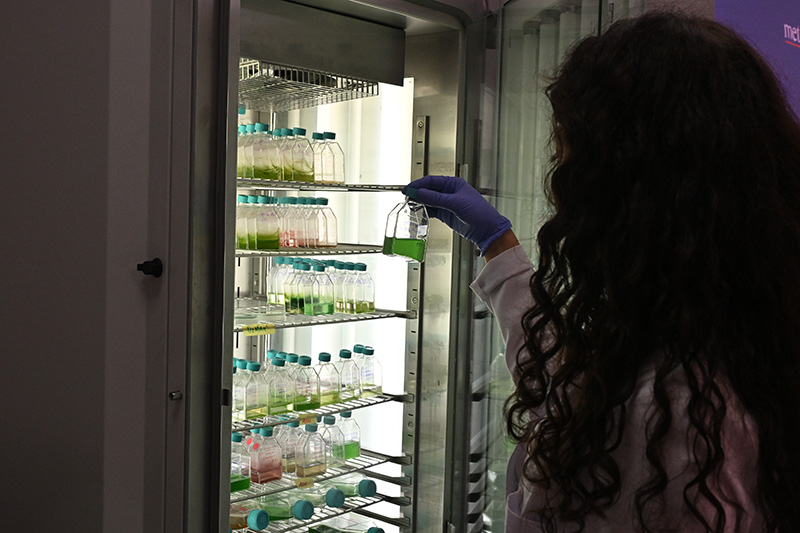as part of the project, which will be implemented during the first manned space mission of Turkey, experiments will be made aimed at studying the ability of microal -seeded types to convert carbon dioxide into oxygen using sensors.
About this “Anadolo” was told by the teacher of the Institute of Ecological Sciences of the University of Bortiachi in Istanbul Berat Khaznedaroglu.

During the mission dedicated to the 100th anniversary of the Turkish Republic, the astronaut will have to implement 13 different experiments prepared by universities and research institutes in Turkey.
According to Khazedaroglu, the purpose of the project called “Microine -Russian life support installations for space missions” is to develop a life support system for growth and endurance in non -gravitational conditions, studying their metabolic changes and determining the ability to produce oxygen with species of micro -plants, adapted to harsh The environment of growth on Earth.

The project involves 8 scientists from the research center of the Marmara Sea Tübi̇tak (Tübi̇tak Mam) and Istanbul University “Medenit”. Support in the preparation of the experimental installation will be provided by the Tübi̇tak Space Institute.
The project coordinator is Berat Khaznedaroglu.
Khazedaroglu and his team determined 5 different types of micro -cone, which will be sent into space as part of the experiment. The first Turkish cosmonauts – Alper Goseravchi and Tuva Jihangir Atasevers are informed about the project.

In an interview with AA Khazedaroglu, he said that the first Turkish space travelers, as part of their 14-day mission, will deliver to the space station the Microdistanese Photosynthesis Bloc, designed by participants in the project,
“The carbon dioxide of the Space station enriched during the experiment will be transferred to the photosynthetic installation of microal-seedlings. In this installation, we specially selected and adapted to severe living conditions and species that we identified in Antarctica during the 4th Turkish Arctic research expedition We will study the ability of the types of micro-cone to convert carbon dioxide into oxygen for 14 days using sensors. At the same time, we plan to conduct a molecular analysis of metabolic changes in microal-grounds in gravitational mode, ”he said.

Khazedaroglu emphasized that to prevent damage to samples during the expedition, safety tests are needed.
According to him, as soon as they are completed, the experiment will be ready to launch.
